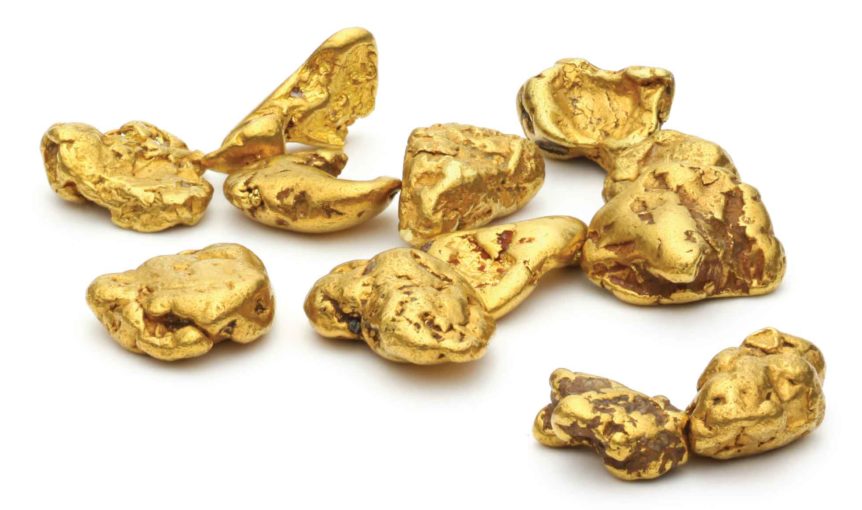The original residents of Chicken, Alaska, were a “ragtag bunch of gold prospectors.” The town is 40 miles west of the Canadian border and 90 miles from Eagle, Alaska. It has a population of 23 residents, except for when 16 of those residents leave in the winter and the population drops to just seven people. Between mid-October and mid-March, there is no road in or out of the town.
“We’re not snowed in,” one resident told The Atlantic. “The rest of them are snowed out.”
So why does anyone besides the 7-23 residents care about its existence?
Because the people of Chicken still pan for gold bullion.
Canadians Jon Juneau and Richard Harris made Alaska’s first significant gold strike in 1880, according to the article. A little over a decade later, tens of thousands of men traveled from all across the world to Alaska to pan for the precious metal in hopes of striking it rich. In 1891, gold was found in Chicken Creek and a makeshift settlement grew up around the claims. The town had close to one hundred residents at the peak of its days, the article said.
However, it is the gold that beckons these residents to Chicken. The article explains the story of Bill Dunlevy, head of the Anchorage chapter of the Gold Prospectors’ Association of America. But the first thing you would notice about Dunlevy is the five-ounce gold nugget he wears around his neck.
Dunlevy has lived in Alaska for 40 years and has 12 claims – that is, claims to found gold. He discovered the nugget around his neck in Turnagain Pass outside of Anchorage. The article explains that Dunlevy has never cashed in on his findings. Based on the gold spot price, he estimates that he has claimed upwards of $100,000, which he keeps in his “bragging box.” He lets other prospective miners look at his treasures and says he gives “people the thrill of a lifetime.”
Dunlevy and other miners make an annual trip to Chicken 400 miles away. The article explains that he works in a drysuit and dives underwater to reach the creekbed. The water does not freeze until its temperature drops below 18 degrees due to the current’s strength. So Dunlevy and his comrades will sit in their tent while watching the thermometer with the heat on.
“As soon as it gets to 18 we get in. You gotta pan quick ‘cause the water freezes in the pan. The water gets in and runs up your arm like a knife. By the end of the day you’re numb to the knees. The first day’s okay ‘cause everything is dry. Second morning you gotta get into that frozen underwear, frozen socks, try and warm them up. It’s tough. But when we found that nugget, it was like a brand new day. We was warm as toast,” Dunlevy said. “Gold mining is mostly luck. That and choosing good placing.”
Dunlevy explained that mining is like fishing, where sometimes the catch is beyond the control of the fishermen if he casts his line in an “unlucky” place. The mining life has many ups and downs. Last year, one of Dunlevy’s members mined two ounces, which practically pays for the trip itself. He explained that “the women [usually] sit and gossip on the deck all day and tan” but that at night, they all “have a potluck, get crazy, tell lies.” However, in the same group’s trip to Chicken this year, the miners found next to nothing. The risk of mining can often be costly.
It’s not simply the price of gold that keeps these people moving. It’s the thrill of the possible claim. The author of the article asked Dunlevy what he thought the attraction of gold was, beyond the obvious monetary value.
“The attraction? It’s just… gold. It’s like liquid sun or something.”
This same astonishment is what drove, raised, and at times corrupted others just like Dunlevy throughout history. But what is even more fascinating to some is that this way of life still exists today, and the gold spot price has little to do with what motivates them.
